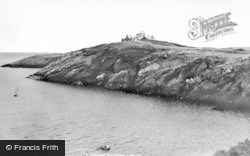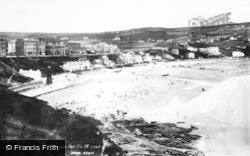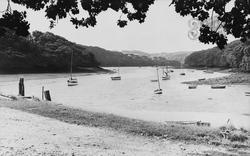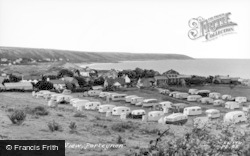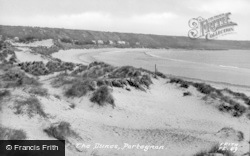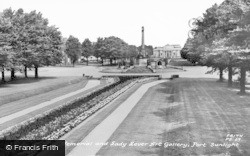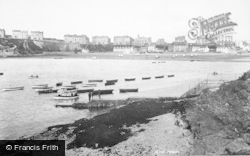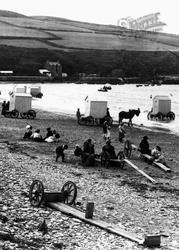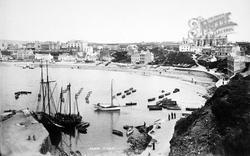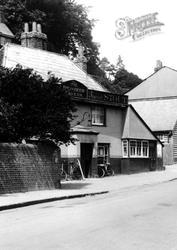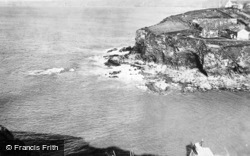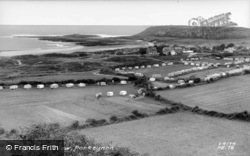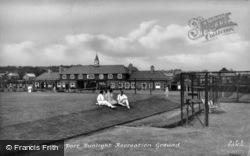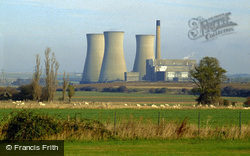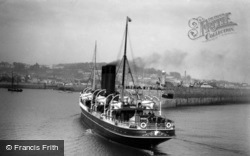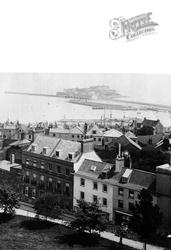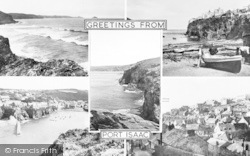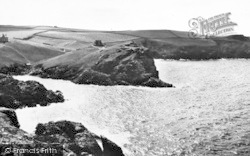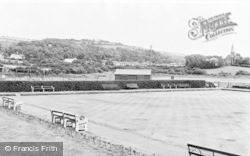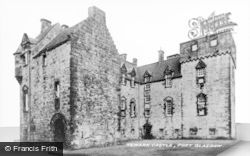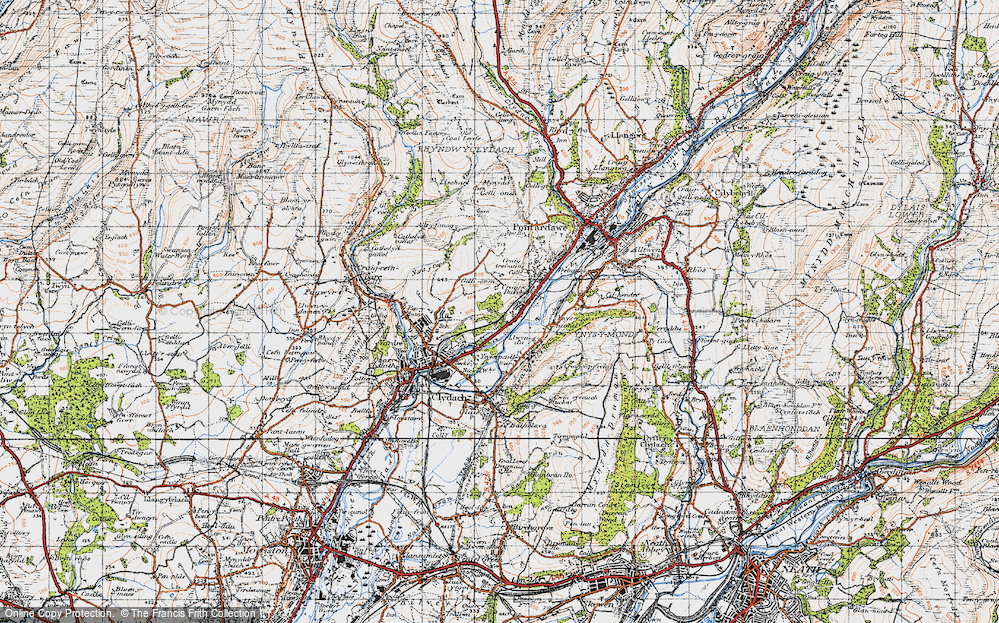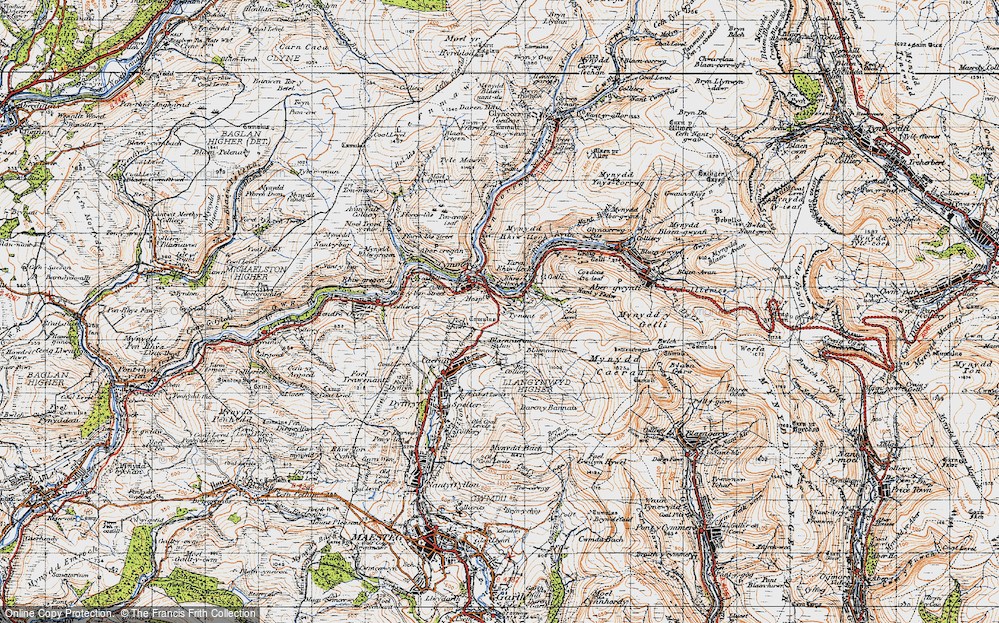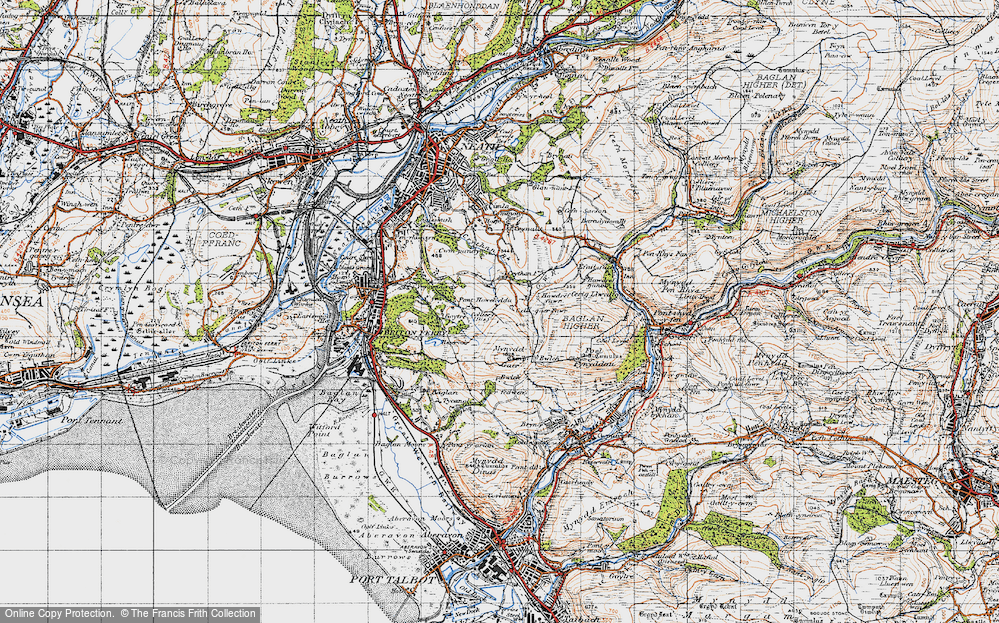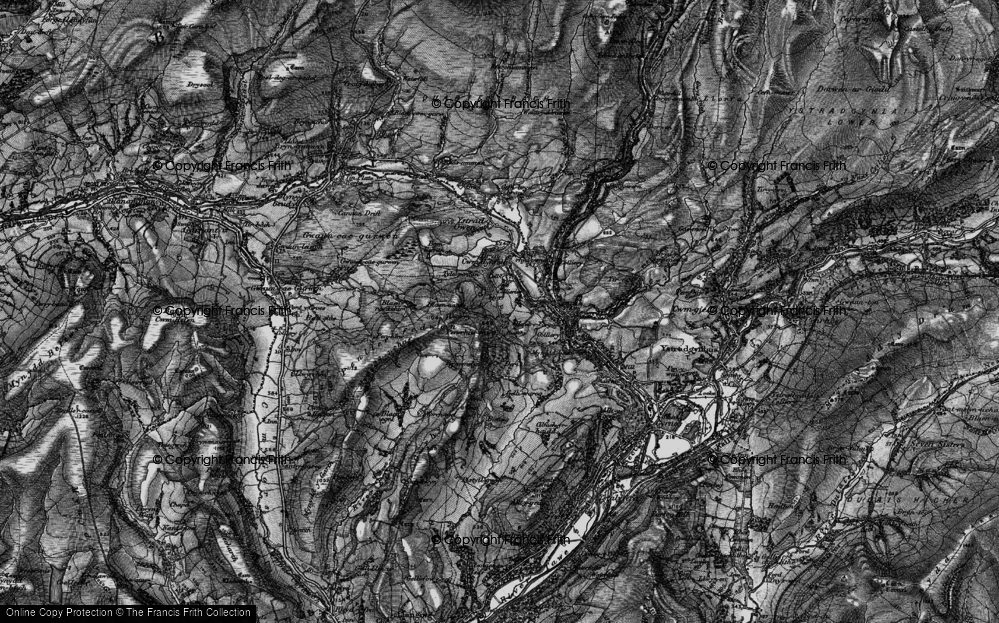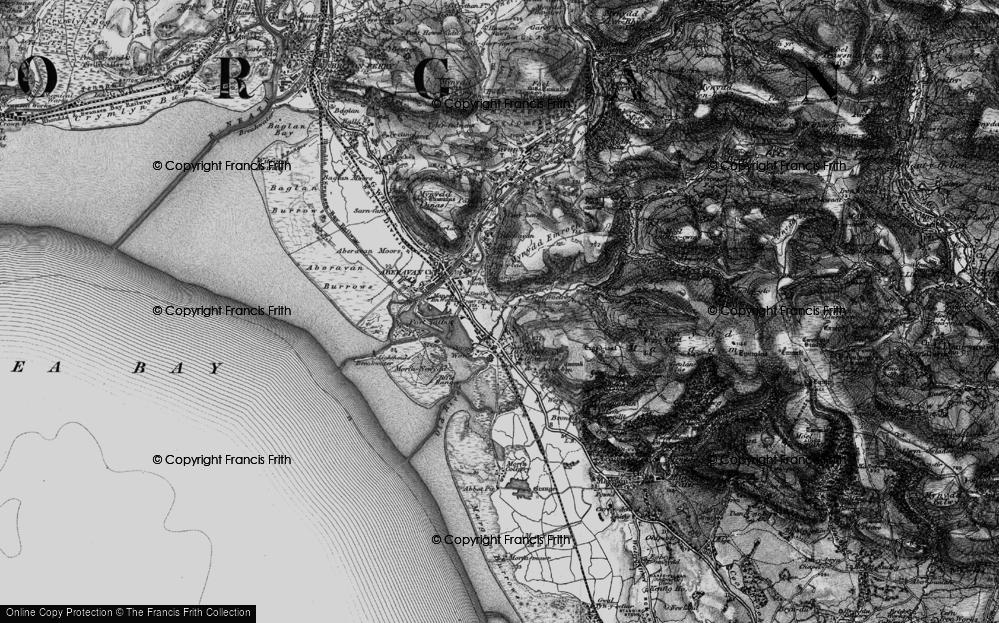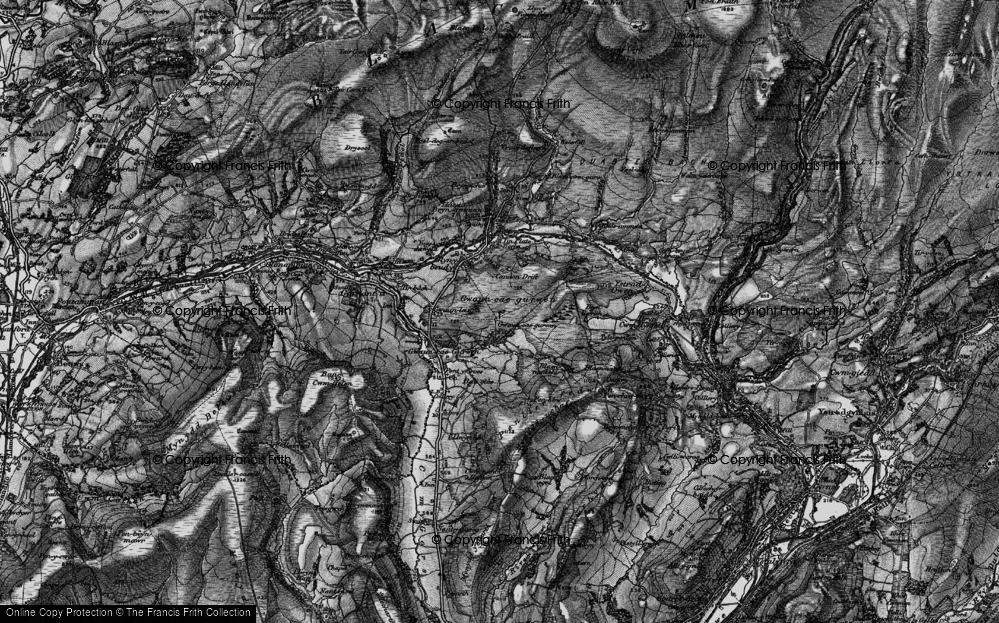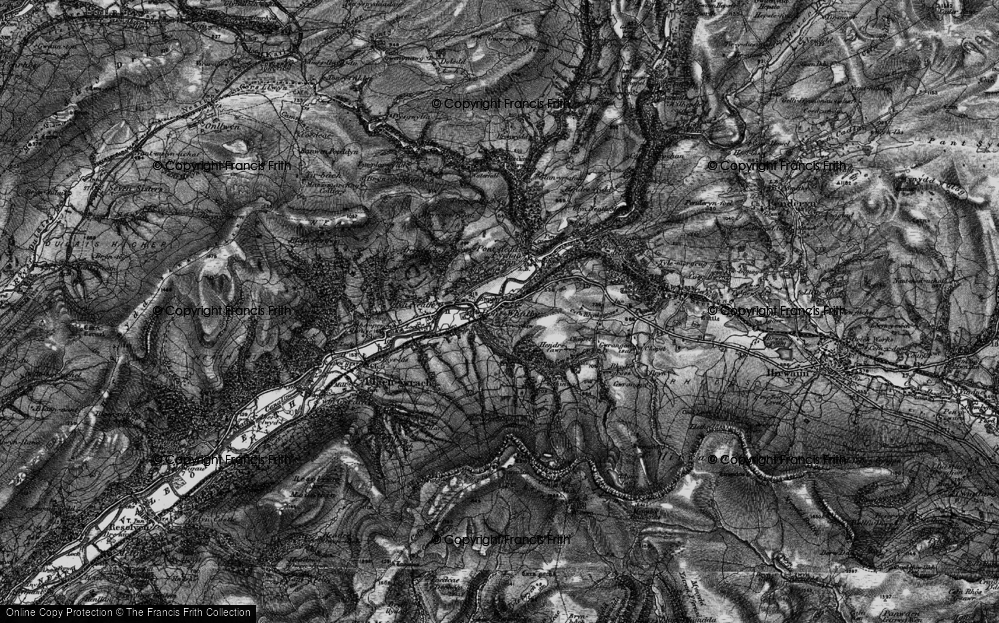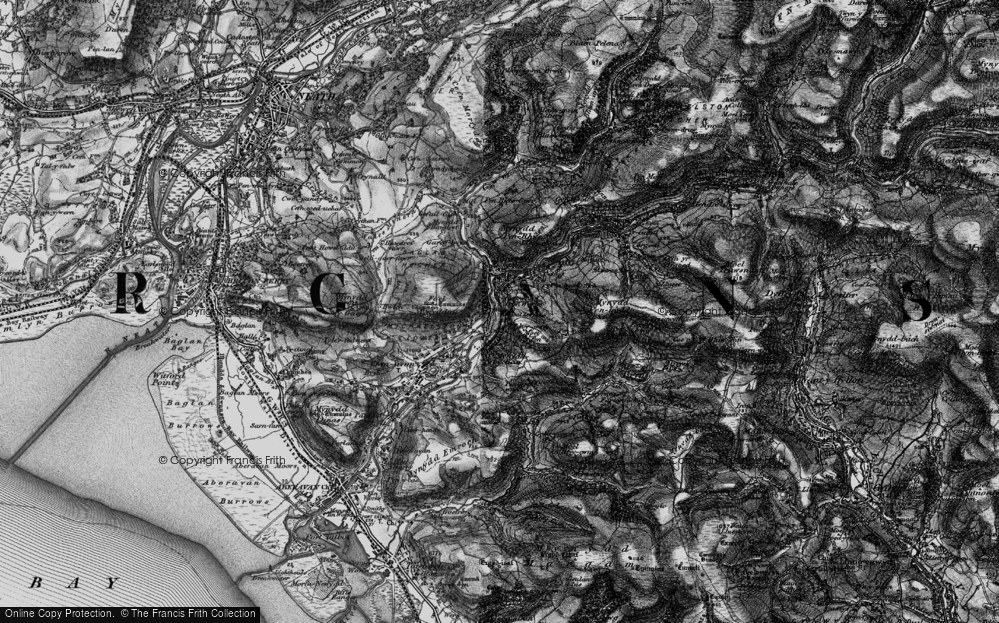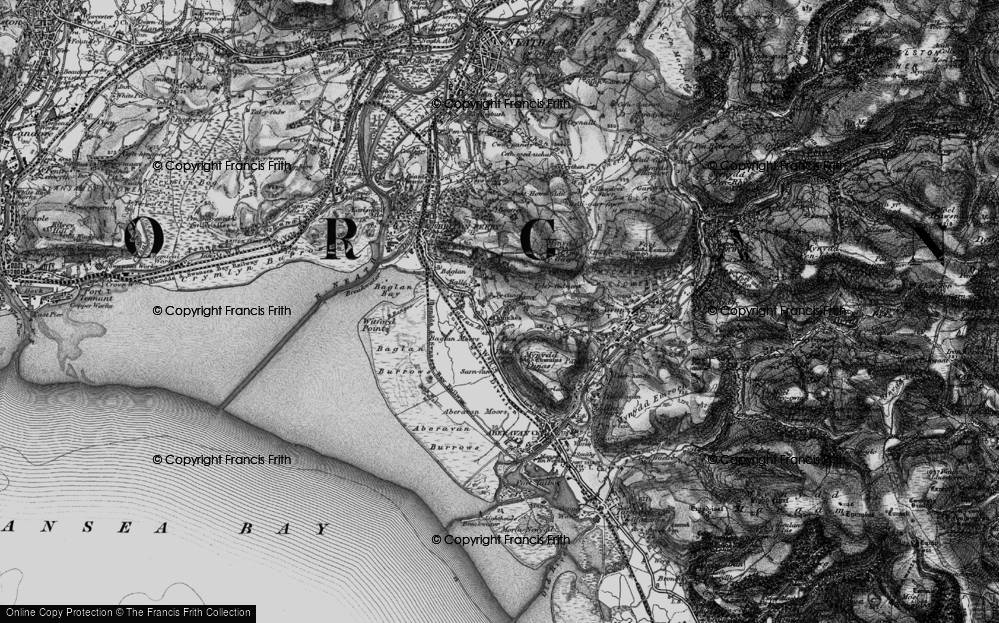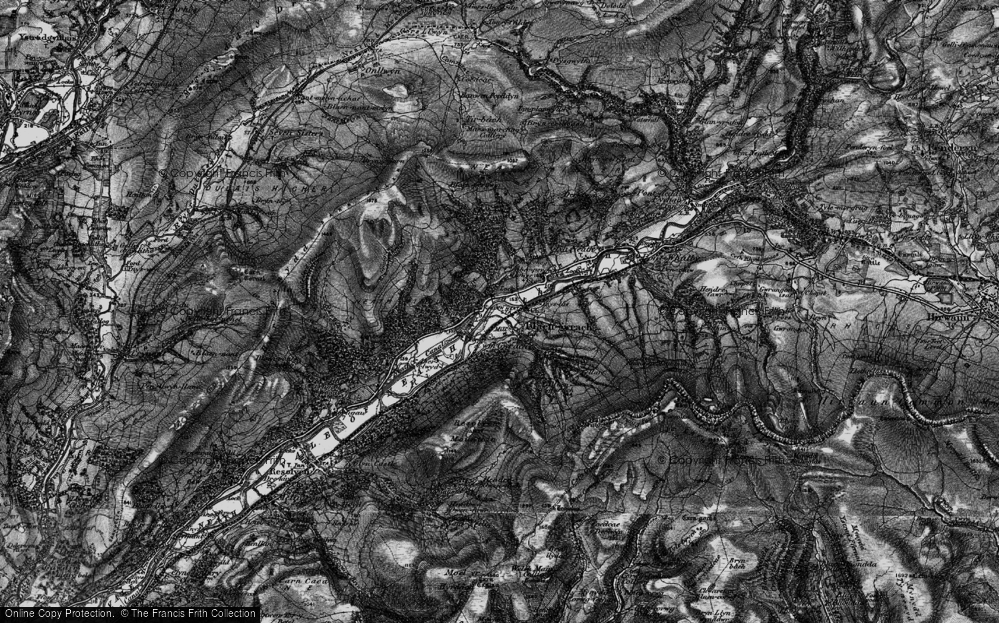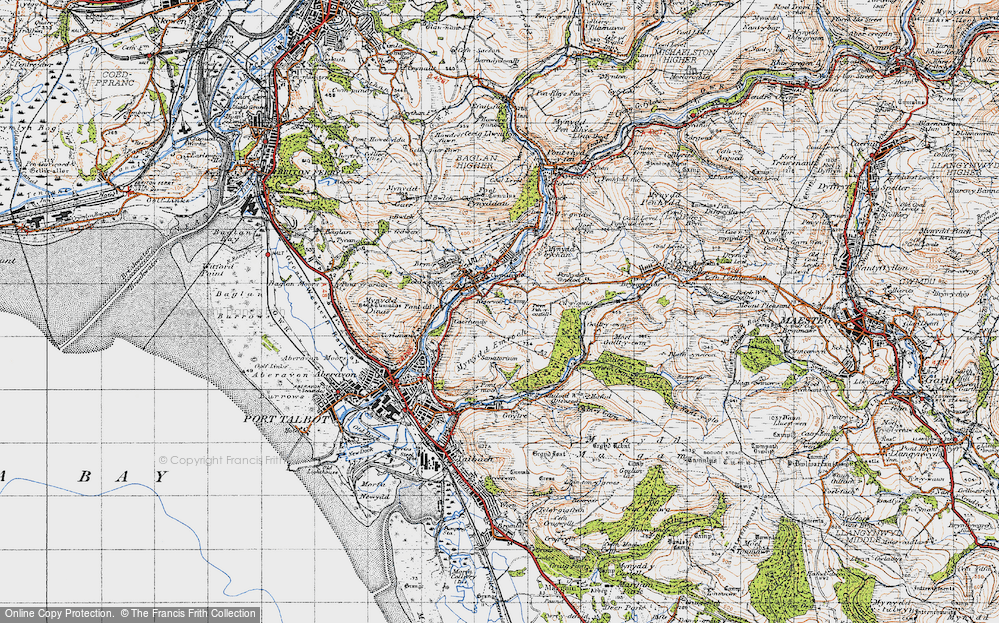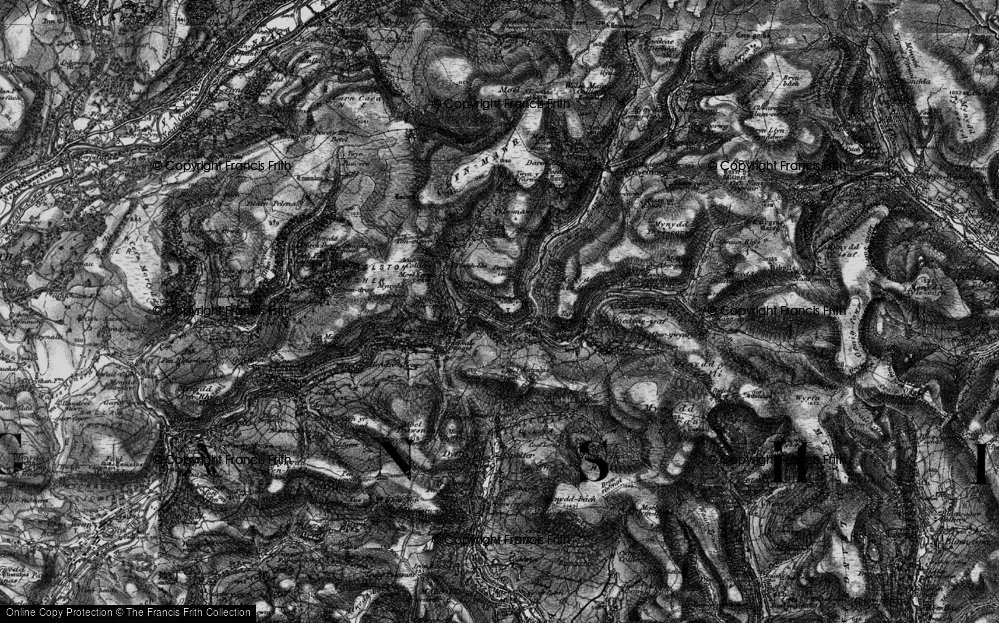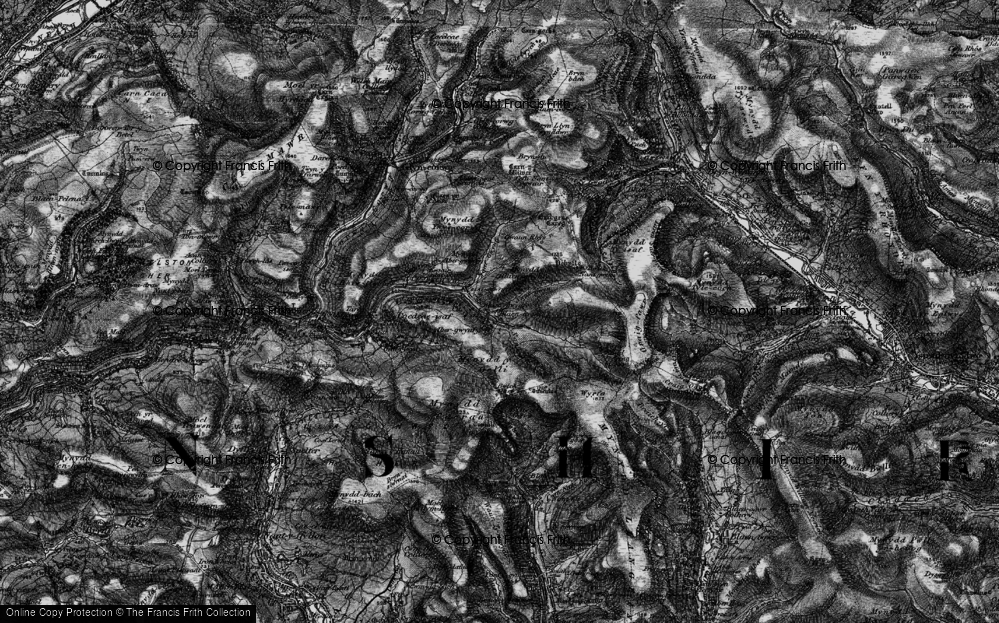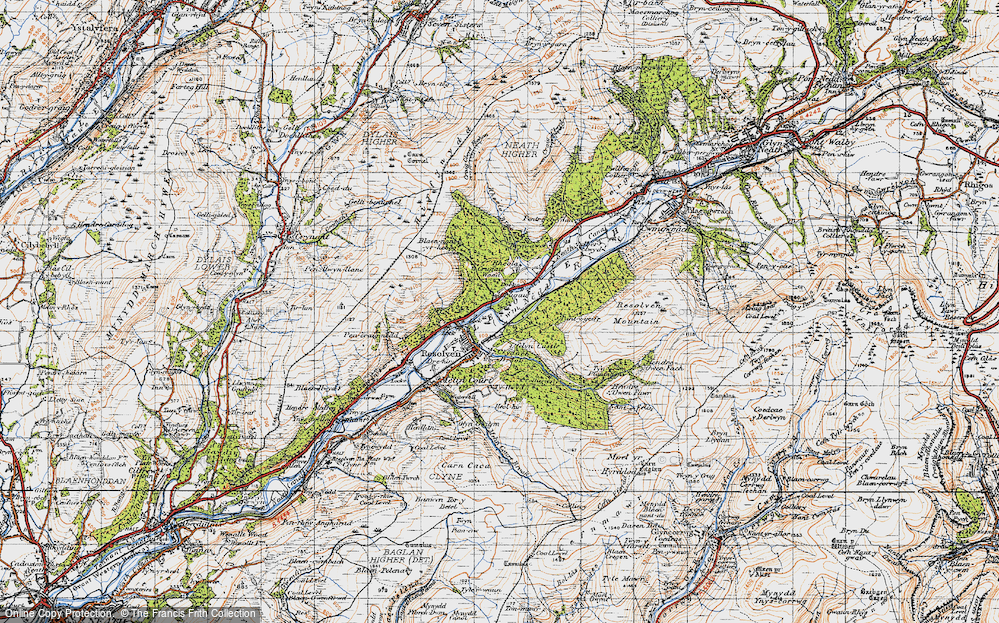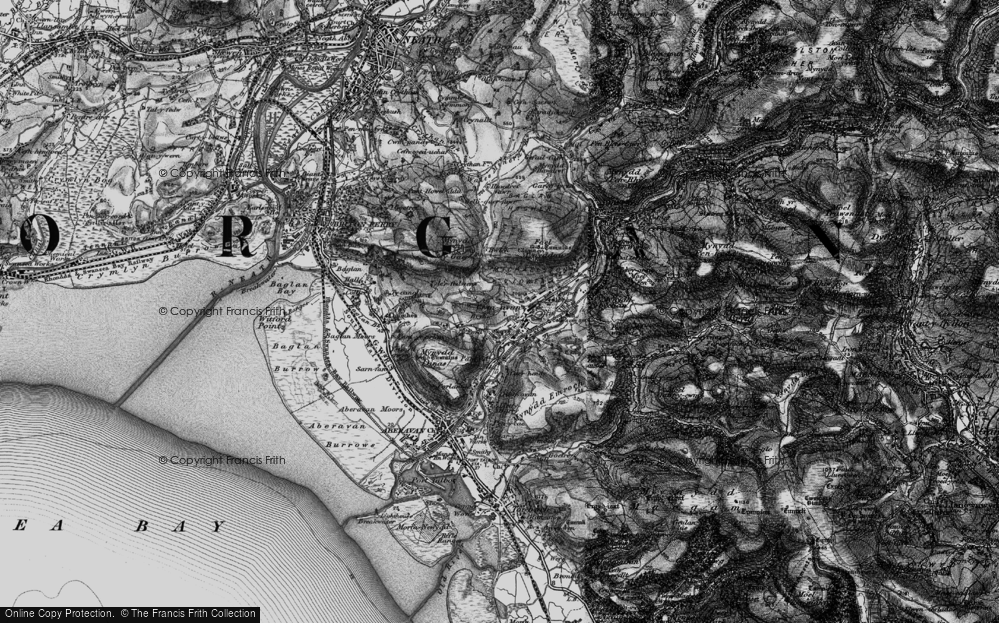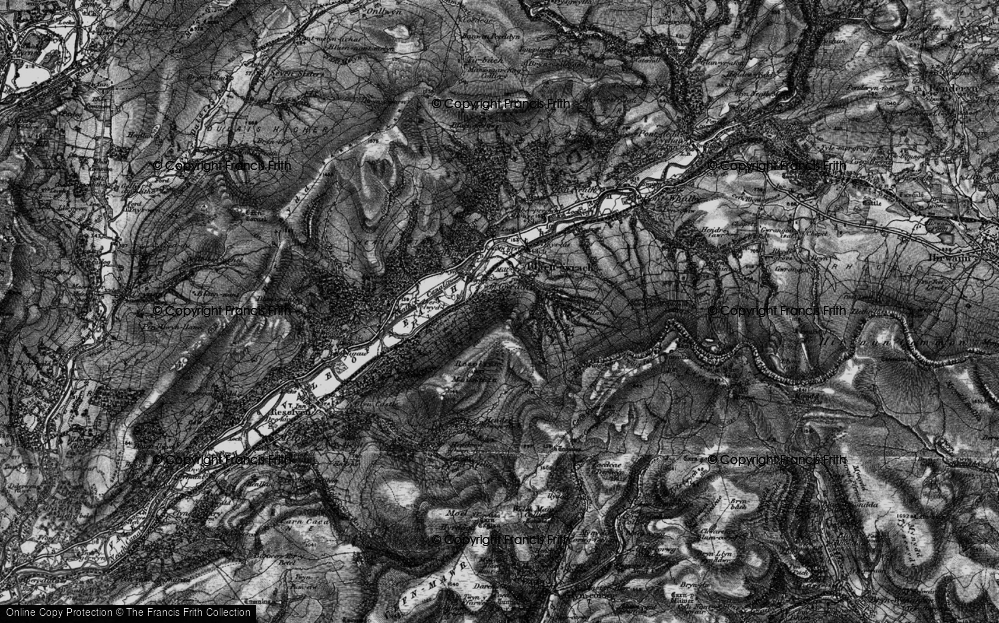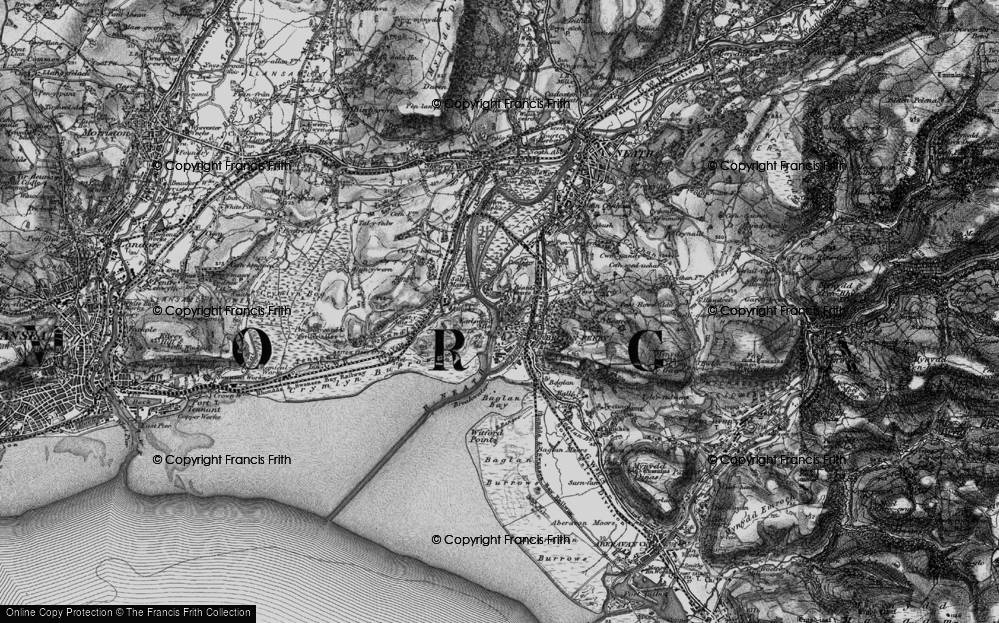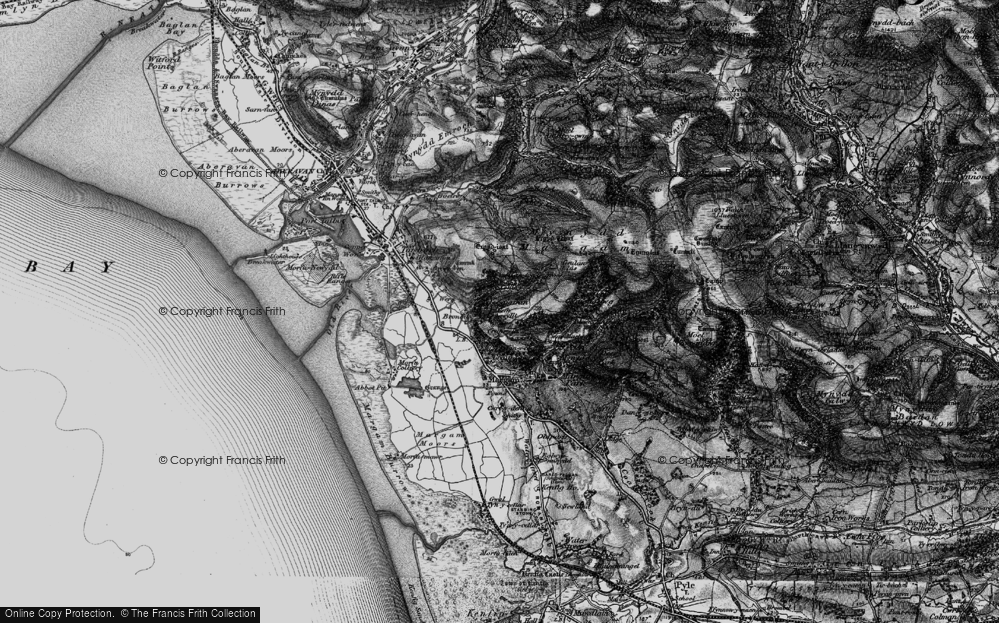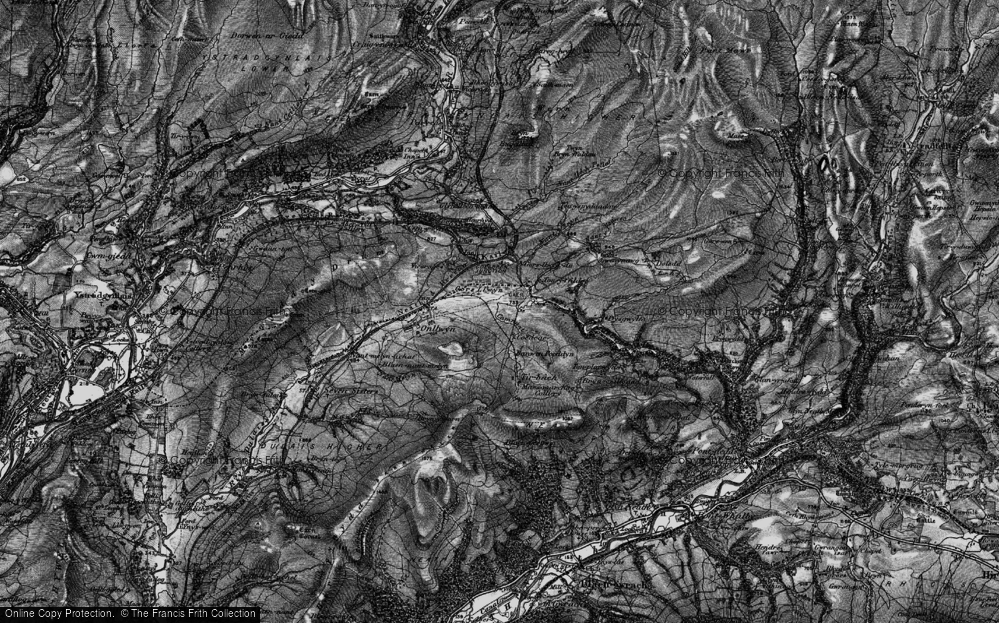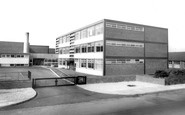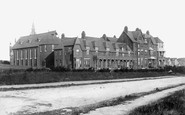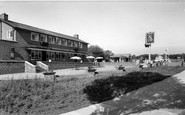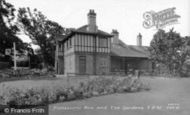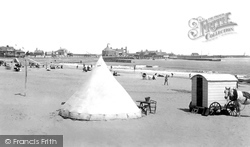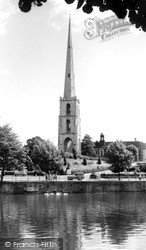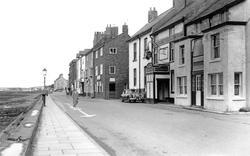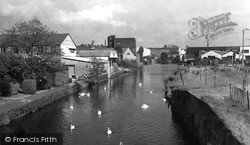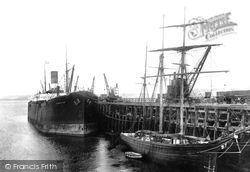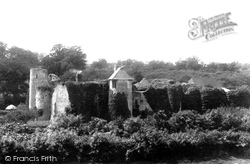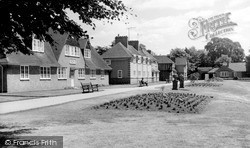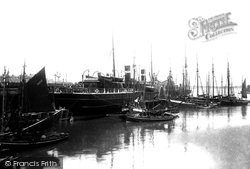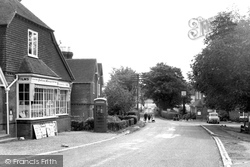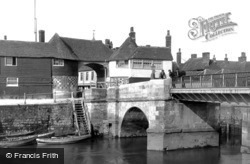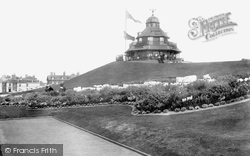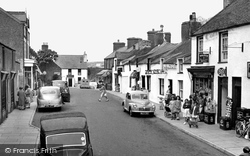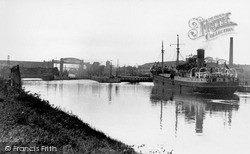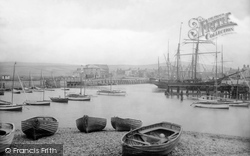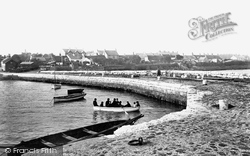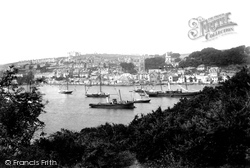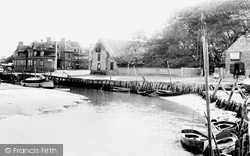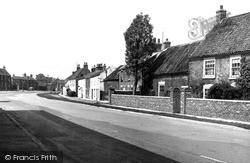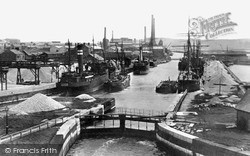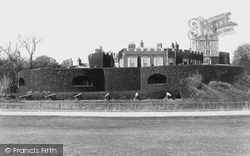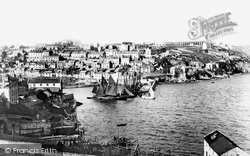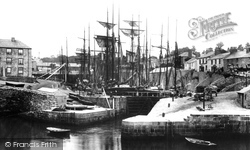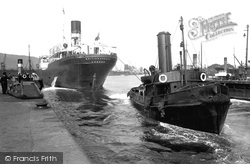Merry Christmas & Happy New Year!
Christmas Deliveries: If you placed an order on or before midday on Friday 19th December for Christmas delivery it was despatched before the Royal Mail or Parcel Force deadline and therefore should be received in time for Christmas. Orders placed after midday on Friday 19th December will be delivered in the New Year.
Please Note: Our offices and factory are now closed until Monday 5th January when we will be pleased to deal with any queries that have arisen during the holiday period.
During the holiday our Gift Cards may still be ordered for any last minute orders and will be sent automatically by email direct to your recipient - see here: Gift Cards
Places
36 places found.
Those places high-lighted have photos. All locations may have maps, books and memories.
- Ellesmere Port, Cheshire
- Burry Port, Dyfed
- Port Talbot, West Glamorgan
- Neath, West Glamorgan
- Briton Ferry, West Glamorgan
- Resolven, West Glamorgan
- Skewen, West Glamorgan
- Port Glasgow, Strathclyde
- Pyle, West Glamorgan
- Port-en-Bessin, France
- Port of Ness, Western Isles
- Crynant, West Glamorgan (near Resolven)
- Port Askaig, Strathclyde
- Port Ellen, Strathclyde
- Port Charlotte, Strathclyde
- Port Wemyss, Strathclyde
- Port Said, Egypt
- Port Elizabeth, South Africa
- Cockenzie and Port Seton, Lothian
- Laleston, West Glamorgan
- Seven Sisters, West Glamorgan
- Tonna, West Glamorgan
- Port Isaac, Cornwall
- Port-Eynon, West Glamorgan
- Port Erin, Isle of Man
- Port Sunlight, Merseyside
- Port Gaverne, Cornwall
- Margam, West Glamorgan (near Port Talbot)
- Port St Mary, Isle of Man
- Port Quin, Cornwall
- Glyn-neath, West Glamorgan
- Port Navas, Cornwall
- Aberavon, West Glamorgan
- Port Appin, Strathclyde
- Port Bannatyne, Strathclyde
- Port Soderick, Isle of Man
Photos
1,279 photos found. Showing results 581 to 600.
Maps
711 maps found.
Books
5 books found. Showing results 697 to 5.
Memories
301 memories found. Showing results 291 to 300.
Bridgend Technical College
I attended Bridgend Technical College from 1961 to 1966 studying electrical installation. I was an apprentice for English Electric Company which had a branch office at St David's House, Wood Street, Cardiff. I worked on ...Read more
A memory of Bridgend in 1965 by
Port Regis Convalesant Home
Hi I was there late 1949 to early 1950. Not a pleasant experience for me but I understand things improved later. Would love to hear from anyone. My friend was called Mary. I called her Mary Mouse because she only little I was 5 when I went there .
A memory of Broadstairs in 1949 by
Living In Ellesmere Port
I lived in Ellesmere Port from 1954 to 1966, in Wolverhampton Rd. I went to Milton Rd primary then the Wirral Grammar school as the Port had no grammar school then. Every day there were 6 full special Crosville buses ...Read more
A memory of Ellesmere Port by
Teacher Waterhole
Like others in these comments ,I to went to Courtlands Primary School and remember well the building of Moat Mount School. In the early sixties the Landlord of the "Royal Scot" was a Mr Mullen and his son Dave sat next to me in ...Read more
A memory of Mill Hill by
Alderman's Hill
I lived in a flat over Walton, Hassell & Port in Alderman's Hill. Situated on the corner of Groveland's Road opposite Broomfield Park. Spent a lot of time in the park, on the swings etc & collecting conkers. I was living ...Read more
A memory of Palmers Green by
A Noisy Dredger
I stayed here with my parents in about 1968, when I would have been 10. We were visiting my great-uncle, the pioneering air-to-air aviation photographer Charles Sims, who lived at Wootton, near the then recently closed (and now happily ...Read more
A memory of Fishbourne by
Braunstone Memories
My dad, Ken, was born 13 May 1938 in the front bedroom of 5 Gallards Hill - he was the youngest son to Sidney and Gladys Taylor. My grandad spent almost all his life in the Leicestershire Regiment. During ww2 my grandad was ...Read more
A memory of Braunstone Town by
St Andrews Avenue 1959 To 1969
I moved to St Andrews Avenue from a prefab in Harold Wood with my parents and my baby sister when I was 9. I went to Dunningford school which was really handy as our house backed on to the pathway that led to the school so ...Read more
A memory of Elm Park by
Port Regis
I was also at Port Regis for a time from around 1949/50 when I was around 5. Not a happy place for me and some of the memories still haunt til this day.
A memory of Broadstairs
The People Were Great And Very Friendly.
I worked at Port of Manchester Warehouses in the 1950's. I have great memories of that time. I often got bridged in Traffird Road on my way to work. The Estate Office workers and the Cold Stire office ...Read more
A memory of Trafford Park by
Captions
781 captions found. Showing results 697 to 720.
It had long been an old seafaring port but burgeoned into a sizeable town in the 19th century. It is now almost a suburb of Yarmouth.
It is known to Worcester folk as the Glover's Needle because of its slenderness and height, and because this part of town was the main gloving area when the trade still flourished.
It then evolved into a bustling sea port during the 18th century, and finally, before the tide ceased to lap against the sea wall, it developed into a fashionable seaside resort.
Then, it was a bustling port with barges moored two or three deep unloading timber and barley. A few more years earlier, there would have been the occasional sailing barge with huge brown sails.
In 1905, freight rates for coal from the Welsh ports to the Plate varied between 6s 3d and 12s per ton. The rates for grain from Australia to the UK varied between 22s 6d and 26s 3d per ton.
This romantic-looking castle, set in a bend of the River Medway, was founded in early Norman times, and rebuilt in the late 13th century by Sir Stephen de Penchester, the Warden of the Cinque Ports.
This romantic-looking castle, set in a bend of the River Medway, was founded in early Norman times, and rebuilt in the late 13th century by Sir Stephen de Penchester, the Warden of the Cinque Ports.
the council in the 1920s and named after the Flemish village where the Worcestershire Regiment made a heroic charge in October 1914, helping to save Ypres and halting the German advance on the channel ports
Fleetwood became England's principal fishing port on the west coast with a fleet to rival those of Hull and Grimsby. In this picture there are trawlers and Morecambe Bay prawners.
Bodiam is located on the River Rother and was once a port that shipped iron ingots and cannon, which were made in the area.
Originally the first of the Cinque Ports, its Saxon harbour had silted up by the late 14th century, ending its role as the chief place of embarkation for the Continent and as England's premier naval
They rose out of a rabbit warren, valued in 1824 at £50; the land was all part of the huge estate of Peter Hesketh, whose idea it was to create a town, port and watering place.
Once a main port on this part of the coast with important connections to Liverpool, this small picturesque harbour town is an attraction for sailors of a more leisurely kind these days.
New sections of waterway were linked to the River Mersey to enable ocean-going vessels to reach the new inland port of Manchester and the neighbouring Lancashire cotton towns.
Normally, the reason for this to occur would be when the ship is leaving port in such restricted water. She would take the strain on the stern rope and be warped off her berth.
It is interesting that the boatman is using an oar on the starboard side, and is watching the effect on the craft as the boy standing with both hands on the port oar takes the strain on the rowlock.
The moored steam and sailing vessel, off the tug's port bow, denotes a class of ship rapidly becoming popular at the turn the century, although incidents were recorded of sparks from the funnel
Trading from its port ended in 1922, and this heralded the start of Blakeney as a tourist centre, specialising in boating, fishing, walking, painting, bird-watching and nature study.
Nearby Patrington Haven, once a small port, was overlooked once Sunk Island was enlarged. The former Patrington RAF wartime station is now a popular caravan and leisure park.
Runcorn was also a coal port, handling traffic from Lancashire and Staffordshire pits.
Walmer was subsequently modified and converted into the official residence of the Lords Warden of the Cinque Ports - the towns of Hastings, Romney, Hythe, Dover and Sandwich - which were originally responsible
Brixham became a major fishing port ranking alongside Hull, Grimsby, Fleetwood, Lowestoft and Fraserburgh.
The principal export from the tiny south Cornish port of Charlestown was china clay, much of it bound for Runcorn; from there it would be forwarded on to the Potteries.
There is also very great trade for coal which they export to all the ports of Somerset, Devon and Cornwall and also to Ireland itself so that one sometimes sees a hundred sail of ships at a time loading
Places (173)
Photos (1279)
Memories (301)
Books (5)
Maps (711)




